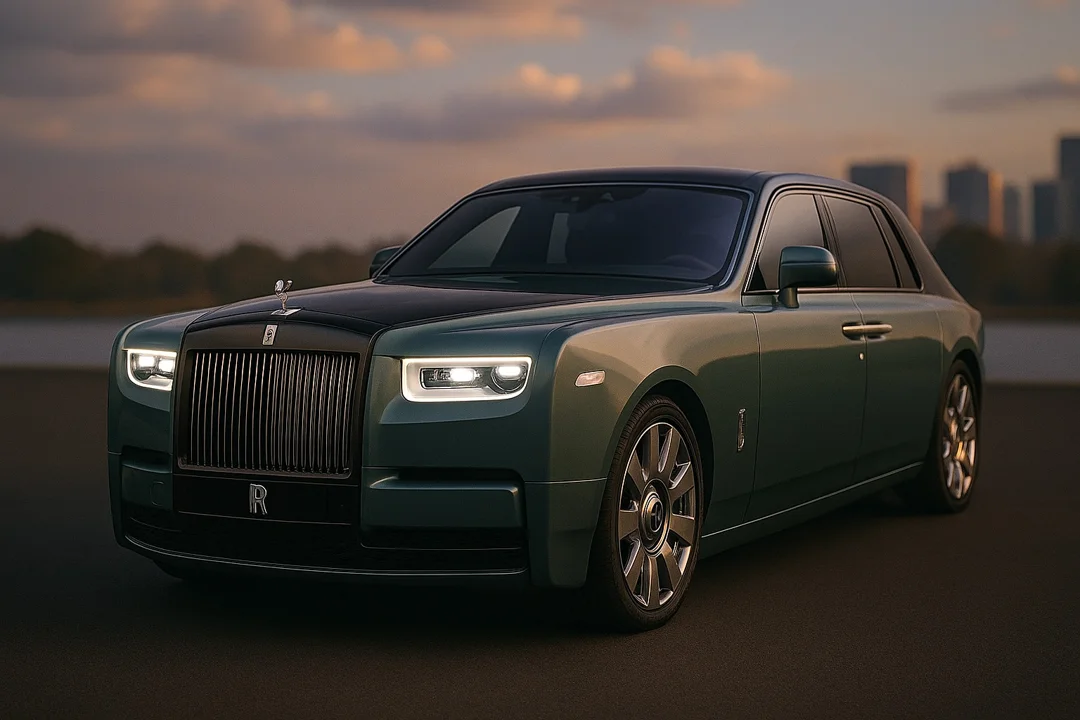What is the mileage of Rolls-Royce Phantom?
The Rolls-Royce Phantom offers different mileage figures depending on the fuel type and transmission. The manual petrol variant delivers up to 0 km/l, while the automatic petrol variant offers up to 7 km/l.












